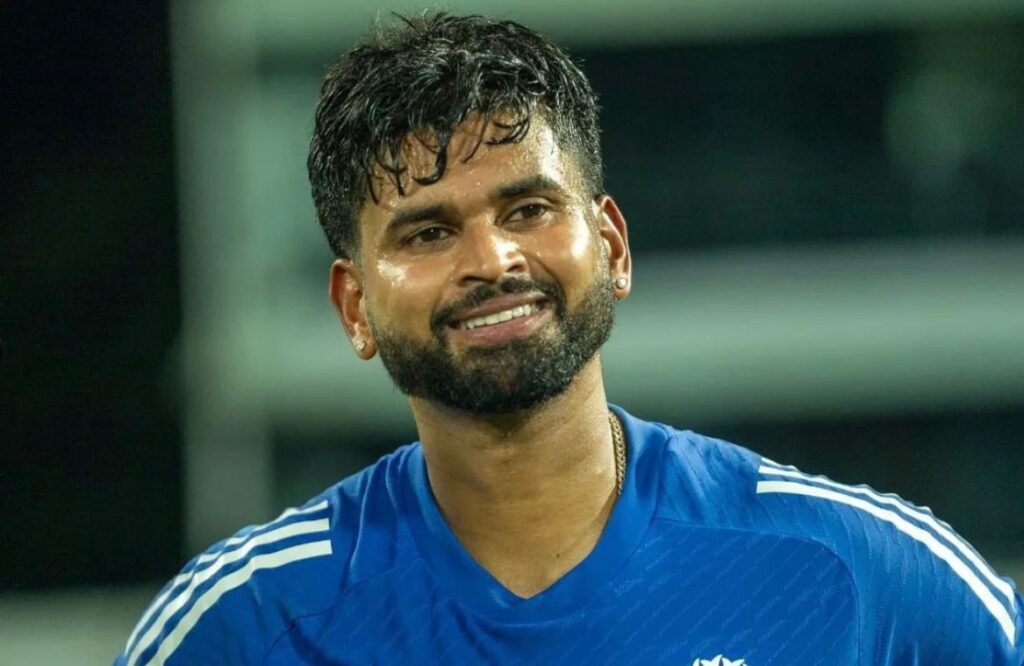
Shamik Chakrabarty in Colombo
The game changed after Rohit Sharma’s dismissal. Until then, India were in command, as they raced to 97 in the 14th over without losing a wicket, chasing 241 for victory. Rohit perished to a reverse-sweep against Jeffrey Vandersay and Shubman Gill departed close on his heels. Shivam Dube was sent at No. 4 to counter Sri Lanka’s spin threat and he got out for a four-ball duck.
In the second ODI here in Colombo on Sunday, India became a prisoner of their left-right obsession, at the expense of a stable batting order. Axar Patel came at No. 5 to maintain the left-right combination, while Shreyas Iyer and KL Rahul batted at No. 6 and 7 respectively. Playing out of position affects a specialist batsman’s mindset. Also, Iyer is one of the better players against spin in this Indian team. Sending Dube ahead of him just for the sake of maintaining a left-right combination defied logic.
India lost the second ODI because they failed to counter spin on a Premadasa Stadium turner. Tactically also, they weren’t smart enough. Ahead of the series, Rohit had spoken about not taking the matches here as practice games. The tourists, however, have experimented with their batting order in the first two ODIs. Yesterday, it was one experiment too many.
Abhishek Nayar, India’s assistant coach, defended the team management’s choice at the post-match press conference. “See my belief is, in any sport, position only matters if you play only in different periods of the game,” he said. “If you look at all middle-order batsmen, the idea of a middle-order batsman is batting in middle order. We lost wickets in the middle phase which means every middle-order batsman batted where he was supposed to. It’s not like that a middle-order batter went and batted towards the end.”
In his pomp, when Rahul Dravid was the best No. 3 batsman in the world, he was asked several times about his aversion to opening the innings, as the team searched for a stable opening partner for Virender Sehwag. A No. 3 batsman could be required to face the second ball of the match and on the face of it, there’s not much difference between opening the innings and coming at one-drop. But Dravid always spoke about the mindset, how it is different for a No. 3 batsman vis-à-vis an opener.
Yes, both Iyer and Rahul walked out to bat when there were a lot of overs still to be played. But batting at No. 6 and 7 is different from playing up the order. Nayar agreed to an extent. “Looking at numbers, sometimes in your head it could play games, where you feel No. 4 or 5 or 6, but if you look at the situation of the game, because we lost wickets, everyone typically batted in the middleorder,” he said. “So, I don’t really feel changes, it’s perceived as a change, it’s just perceived as more a left-and-right combination, keeping in mind the conditions, keeping in mind that off-spinners and leg-spinners (were operating). So, the thought process was right. Sometimes when you don’t get the result, you kind of question it. But I believe that the thought process has been about having the left-right combination, so that we kind of capitalise on conditions.”
The Indian team of current vintage has only a handful of players who counter spin well on turners. Iyer is an exception. Just because Dube is a left-hander, it doesn’t make him better equipped to play spin compared to Iyer or Rahul. Since time immemorial, cricket has remained a skill-based sport where specialists have a bigger role than bits-and-pieces players, especially in tough situations. Hopefully, the Indian team will learn from their mistakes.
Also, Gautam Gambhir & Co need to have a look at the team combination. Dube is getting games in Hardik Pandya’s absence ostensibly to keep the right balance. Over two matches, the ‘all-rounder’, however, has bowled just six overs. As far as his batting is concerned, the 31-year-old looks very limited at international level.
Did the team management miss a trick by not playing Riyan Parag in spin-friendly conditions? Parag is a specialist batsman who can bowl both off-spin and leg-spin. He was used smartly as a bowler by Suryakumar Yadav in the T20Is that preceded the ODI series. In the first T20I, he returned figures of 3/5. The Indian team is stable and confident enough not to have a knee-jerk reaction after just one defeat. But they might have a rethink as regards to the team combination for the final ODI.
As for the Ajit Agarkar-led selection committee, whether Dube is a better ODI batsman than Surya is a pertinent question.
For more sports content: https://revsportz.in/




